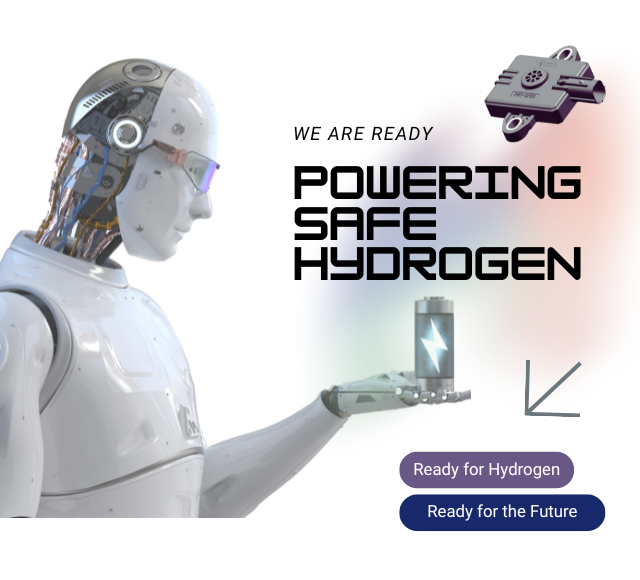Featured Articles
2024-08-23
[2024-08-23 ~
]
Closed Charging Rooms Need to be Equipped with Hydrogen Sensors and Ventilation Equipment to Build a Complete Safety Mechanism

Hydrogen content up to 1% of volume or 25% of the lower explosion limit is allowed in accordance with the Uniform Fire Code and the International Fire Code. However, hydrogen has a wide flammability range, ranging from 4% to 74% by volume and 18% to 59% for detonation or explosion. The light blue, almost invisible flame that is emitted when burned can cause serious injury to personnel and severe equipment damage. Therefore, in order to ensure absolute safety, the use of hydrogen monitoring systems is necessary.
The enclosed battery charging room can be ventilated to eliminate possible hydrogen and reduce the risk. However, the possibility of a malfunction in the ventilation system does not necessarily guarantee that the possible gradual increase in hydrogen can be eliminated. The introduction of a hydrogen monitoring system is the only way to truly grasp the status of the entire hydrogen leakage concentration. If there are signs of an increase, necessary measures can be taken in advance. For example, in the event of a hydrogen build-up, the hydrogen sensor can detect it and activate it earlier or increase the ventilation intensity. Hydrogen testing does have precise specifications in international fire codes.
Lithium Battery Energy Storage Stations Need Hydrogen Sensors to Pre-warn of Thermal Runaway
In recent years, with the popularity of wind and solar power generation, the demand for energy storage stations using lithium batteries has grown significantly in order to meet the energy storage needs of power regulation or to consider environmental factors and the necessity of replacing polluting lead-acid batteries. However, the situation of lithium batteries is different from that of lead-acid batteries. Since lithium batteries are not water-electrolyte batteries, they are sealed and will not emit gas under normal conditions. However, if thermal runaway occurs, large amounts of carbon dioxide, carbon monoxide, and hydrogen will be produced. Although lithium batteries are equipped with a battery management system that can control the charging status and monitor battery parameters, they cannot control thermal runaway events caused by internal short circuits. In the automotive industry, sensor systems for detecting thermal runaway have been developed for lithium vehicles. Most of them include hydrogen sensors and are integrated with other gas or pressure sensors.
In the past, energy storage station explosions have occurred in the United States, South Korea, the United Kingdom, Australia, China, and other places, resulting in casualties and huge losses. Furthermore, the energy storage system itself is an electrochemical reaction that is not easy to extinguish. In 2021, Tesla's energy storage system burned out for four days. Fire damage and power outages are incredibly costly, and the investment in a safety mechanism built with hydrogen sensors at its core is well worth the investment.
Reference:
- IEEE/ASHRAE 1635-2022 IEEE/ASHRAE Guide for the Ventilation and Thermal Management of Batteries for Stationary Applications
- Power System Technology, Jeff Donato, Hydrogen Management in Battery Rooms




